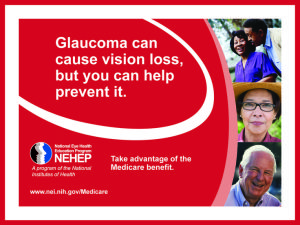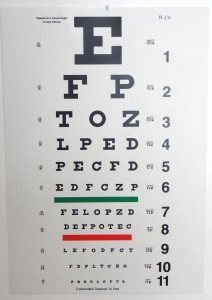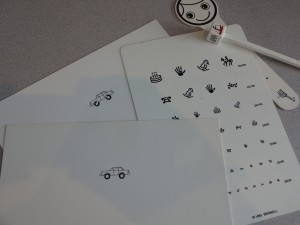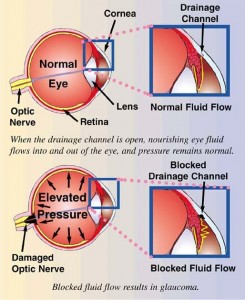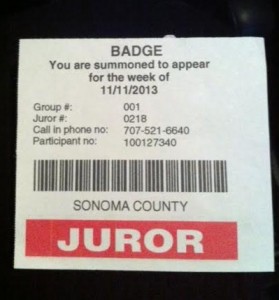What happens at a dry eye exam?
If you are suffering from gritty, burning, red eyes; chances are your eyes are dry. The best treatment for your symptoms will depend on the cause of the condition which can be determined during a dry eye evaluation.
A dry eye exam begins with a questionnaire to help the doctor understand how dry eyes is affecting you daily and determine causes. Causes can be hormonal, medication induced, environmental factors and mechanical.
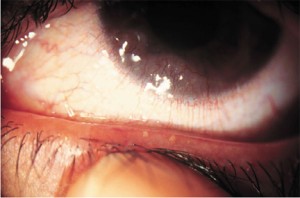 Tear quantity will be measured
Tear quantity will be measured
Tear quality will be assessed.
The eyelids will be examined for underlying disease and contributing factors.
Once the doctor diagnoses the cause(s) of your dry eye she will develop a treatment plan.
What are dry eye treatments?
Eyelid hygiene is very important to the quality of the tears. The doctor will prescribe a hygiene program which may include hot compresses and a type of lid cleaning depending on the underlying cause of the dry eye condition.
Prescription eye drops may be required to quiet inflammation or improve the quality of tear producing goblet cells.
Non-preserved artificial tears may be prescribed
Oral supplements such as omega 3 can be prescribed to enhance tear quality.
Resolution of dry eyes takes time. Ongoing maintenance is often required to keep the eyes clear and comfortable.
How to Schedule an Evaluation
Westside Optometry is scheduling Dry Eye Visits on Thursdays. We ask that you’ve had a complete eye examination within the last 12 months, before a dry eye work-up. To schedule an exam or dry eye evaluation online hit the appropriate link below or call 707-762-8643
Schedule an Eye Examination
Schedule a Dry Eye Evaluation
